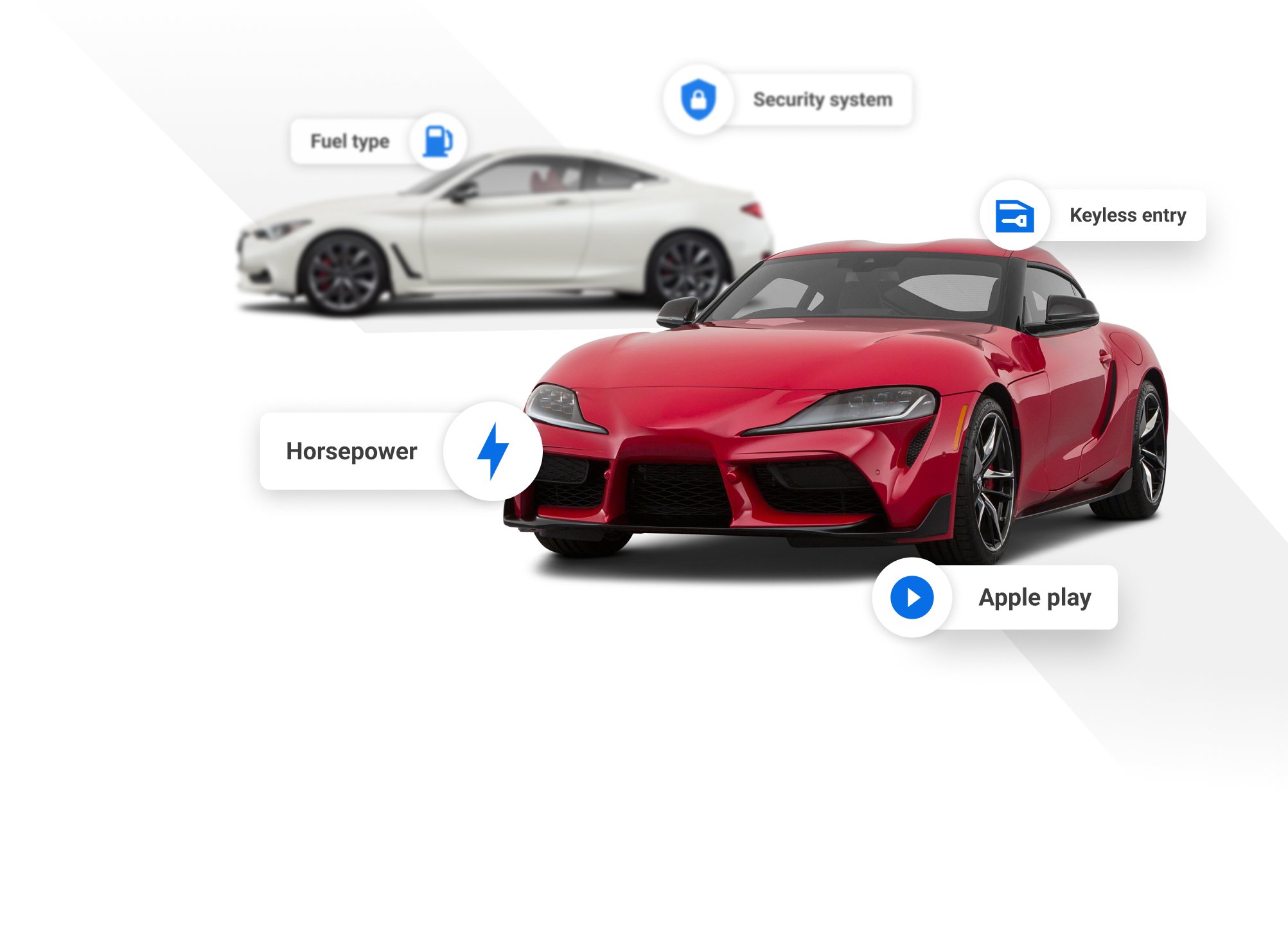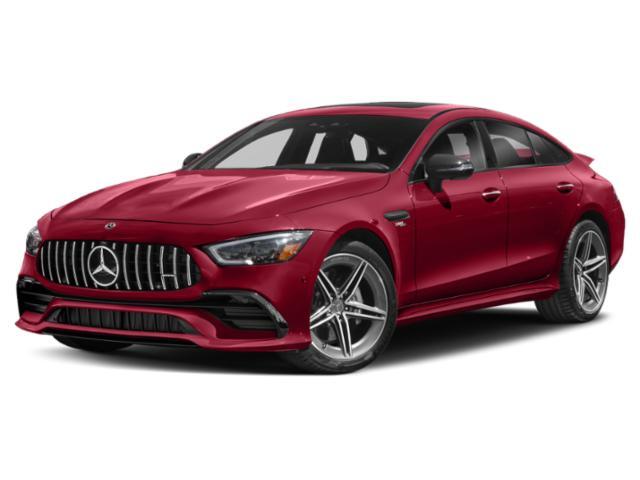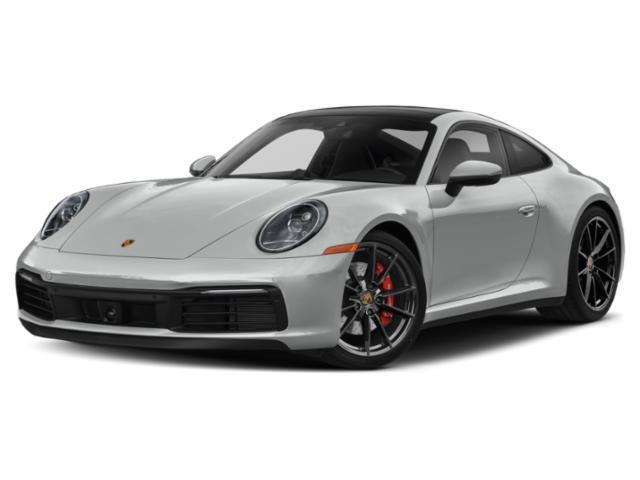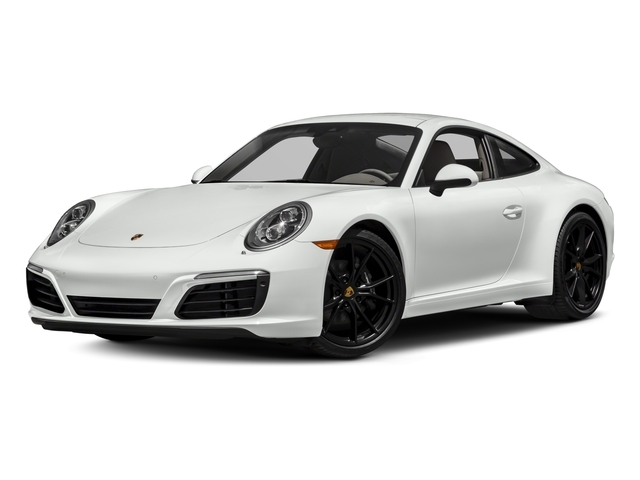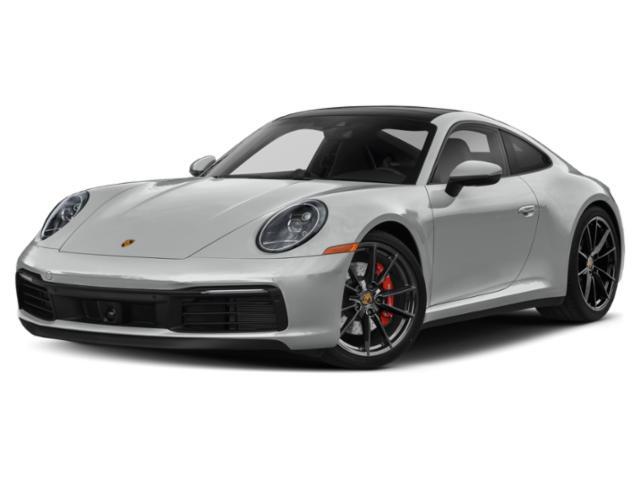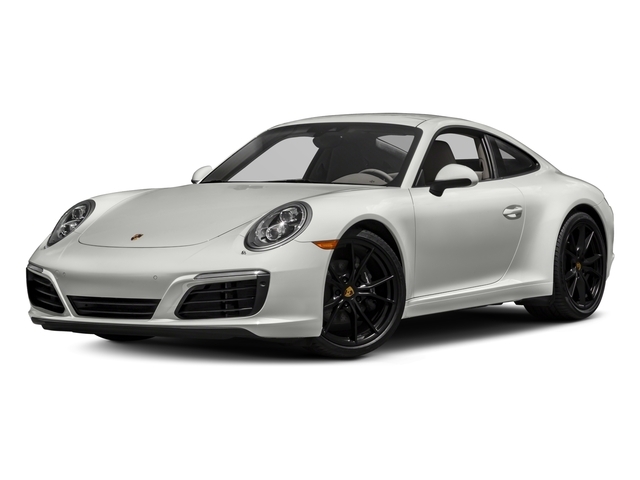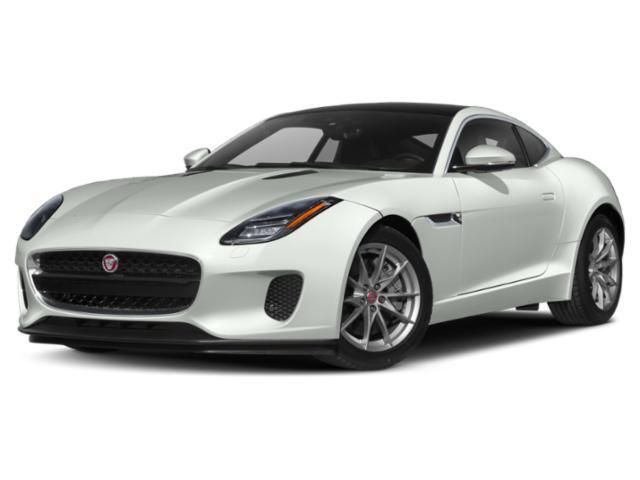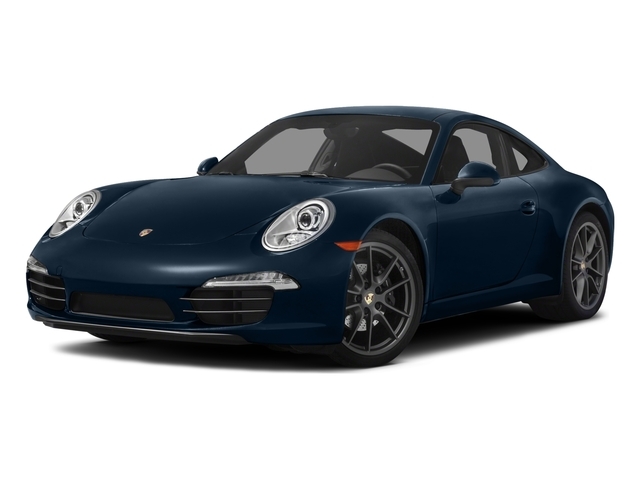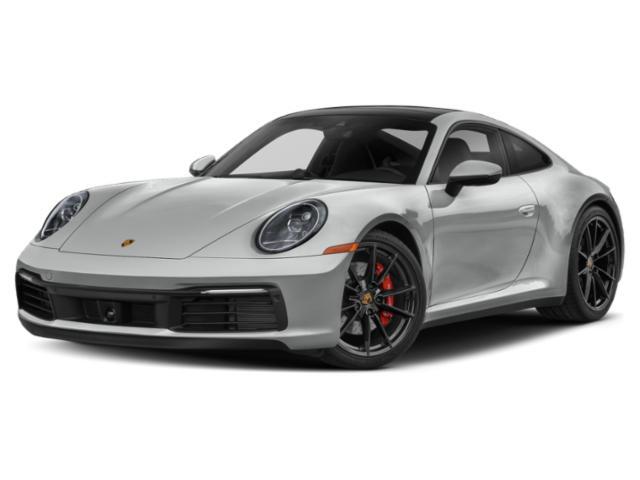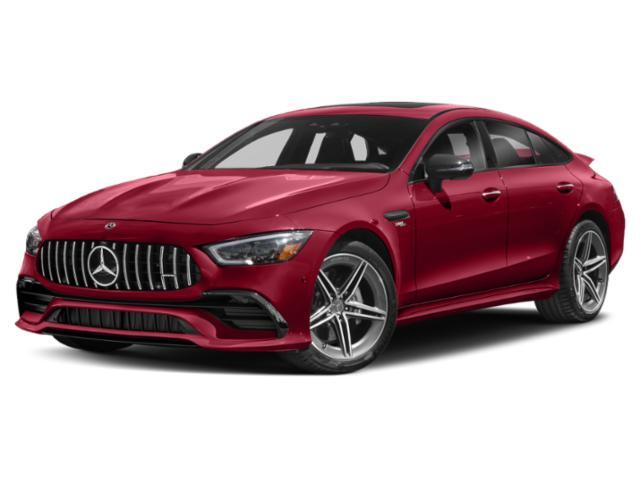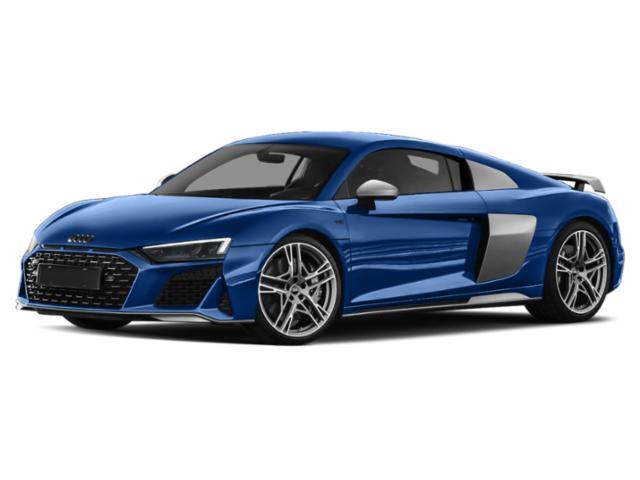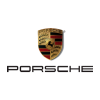
2020 Porsche 911

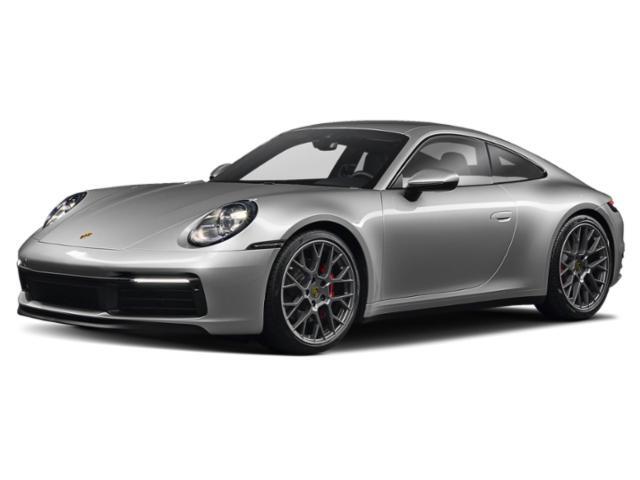
Key Specifications for 2020 Porsche 911






Buyer’s Guide
History/Overview
Over more than 50 years, the Porsche 911 has evolved pretty dramatically, and yet it remains one of most easily-recognized cars of any time and in any price range.
In 2015, Porsche introduced turbocharged engines for entry-level 911 models, the most notable powertrain update since Porsche went from air to water cooling in the late 1990s.
From its roots as a stripped-down sports car, the 911 is now a high-tech showcase that offers a wide range of modern features aimed at improving performance and interior comfort.
What's New / Key Changes from Last Year
Porsche has updated the 911's styling inside and out to create the eighth generation of this iconic coupe and convertible. Launched in performance-boosted S trim, the 3.0L turbo flat-six engine is down 7 hp to 443, but torque is up 22 lb-ft for a new total of 390 lb-ft. Porsche's PDK dual-clutch transmission now has eight ratios, up from last year's seven.
Also new is a slick two-seat Speedster variant. It uses a 4.0L engine with 502 hp and comes with a six-speed manual transmission and rear-wheel drive.
Available Trims
Initially, Porsche is offering the new 911 as a coupe and convertible (cabriolet in Porsche-speak) in S and 4S trims, the latter boasting all-wheel drive.
The previous-generation 911 is carried over as a base model (370 hp), Carrera T (370 hp), Targa 4 and 4S (370 and 450 hp), GTS (450 hp), Turbo and Turbo S (540 hp and 580 hp), Speedster, GT3 and GT2 RS.
Standard Features
The 2020 Porsche 911 Carrera S's standard features include a sport drive mode, eight-speed dual-clutch transmission, auto engine start/stop, active suspension management, tire pressure monitoring, six-piston front and four-piston rear brakes, electric parking brake, automatic-extending rear spoiler, Porsche Communication Management infotainment system, Apple CarPlay, front and rear park assist, forward pedestrian, cyclist and vehicle detection and warning, nine-speaker stereo, rain-sensing wipers, satellite radio, automatic LED headlights, two-zone automatic climate control, heated front seats with electric adjustments and a heated steering wheel.
The cabriolet adds an electric wind deflector.
Key Options
Among the 911's notable standalone options are 14- and 18-way sport seats.
A Premium package adds ventilated seats, passive keyless entry, adaptive cruise, dynamic headlights, surround sound stereo and lane keep assist.
The Sport package brings Porsche's sport chrono package, active suspension management and a sport exhaust.
Other extras include a Burmester high-end stereo, rear-axle steering, upgraded leather and Alcantara upholstery and interior trim choices in wood, carbon and aluminum.
Fuel Economy
As of this writing, Porsche had not published fuel consumption figures for the new 911 Carrera S. Ratings for the 2019 model range from 10.6/8.0 L/100 km (city/highway) for a base model to 18.0/11.5 for the wild GT3.
Competition
The Porsche 911's vast array of configurations and engine options allow it to compete with a wide range of sports cars. A Ford Mustang GT could probably almost keep up with a base 911, but more extreme versions, like the GTS and GT3, are better considered competitors for a Mercedes-AMG GT, Audi R8, Nissan GT-R and various models from prestige brands like Aston Martin, Ferrari, Lamborghini and Maserati.
Review & Compare:
Photos

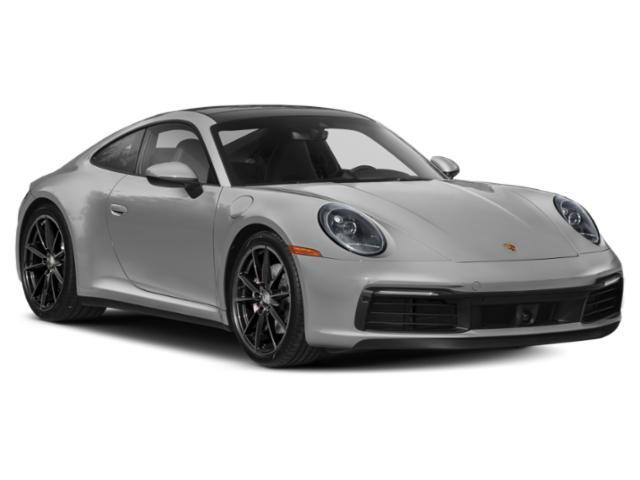
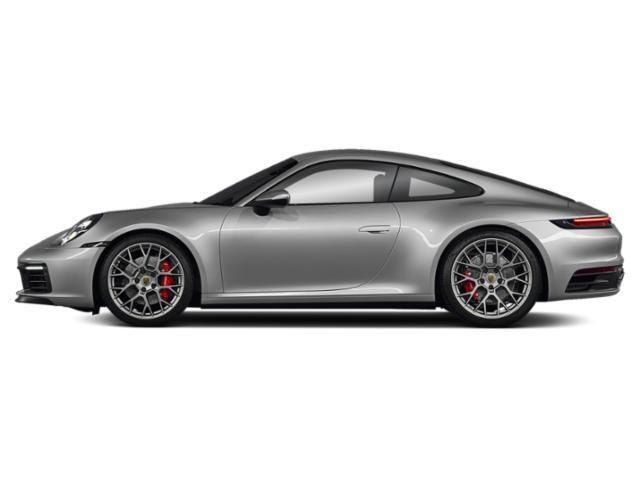
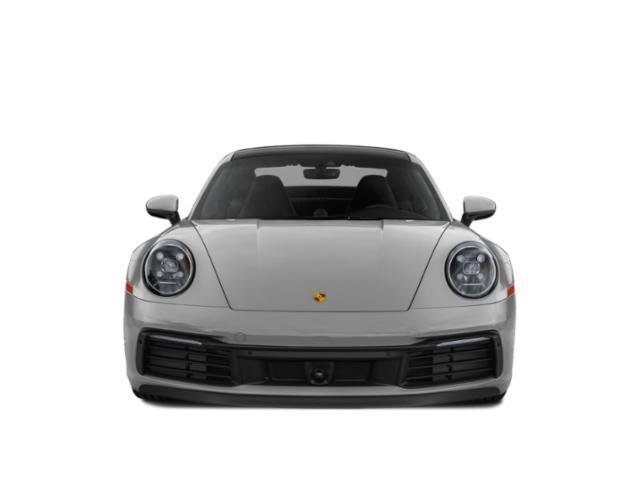



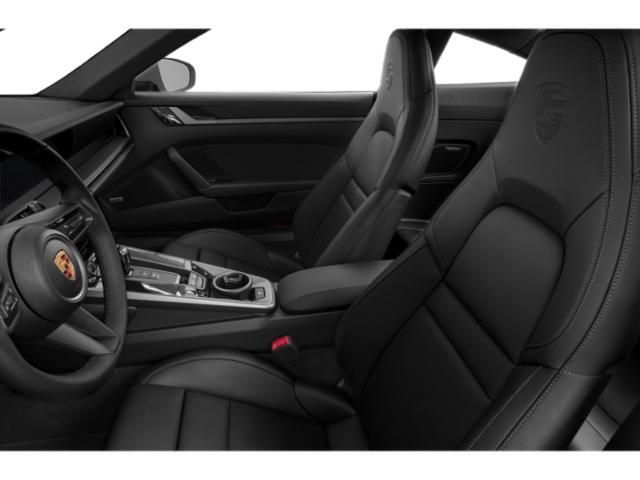
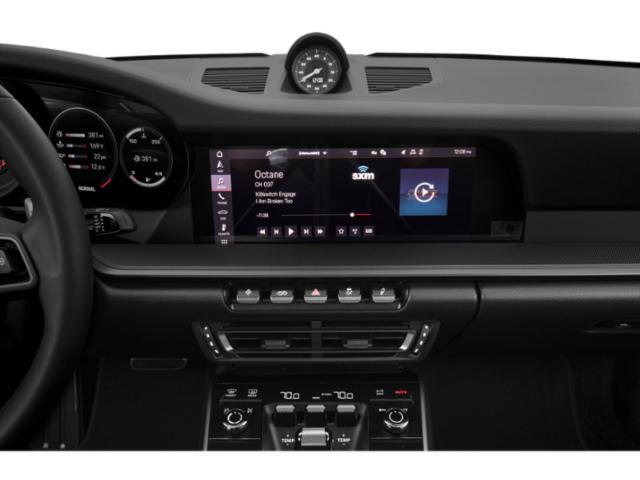
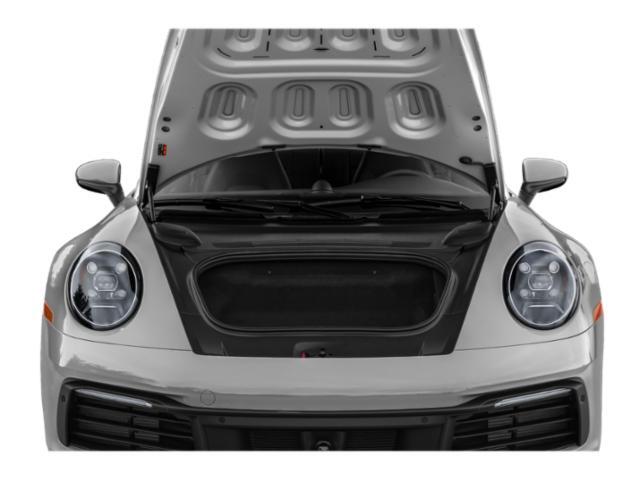
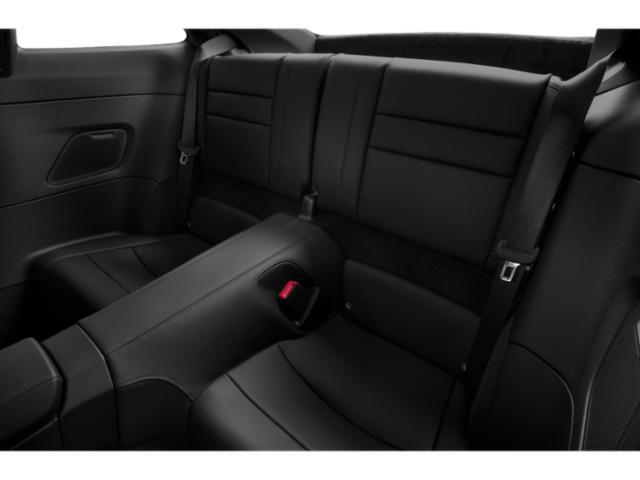
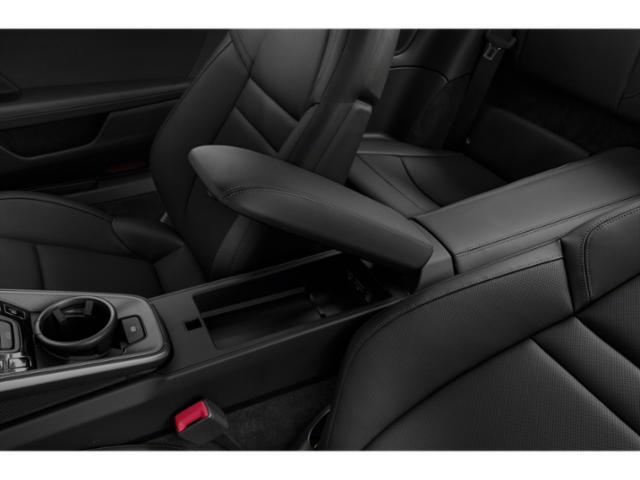
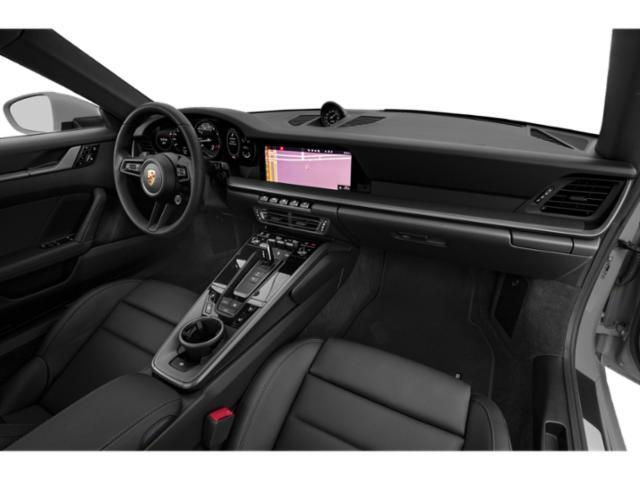
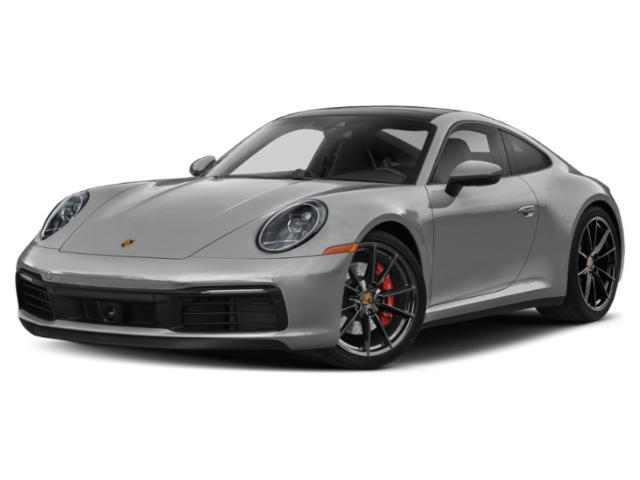
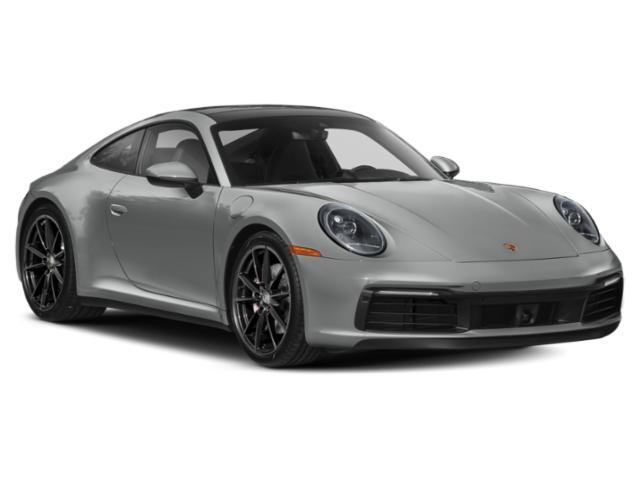
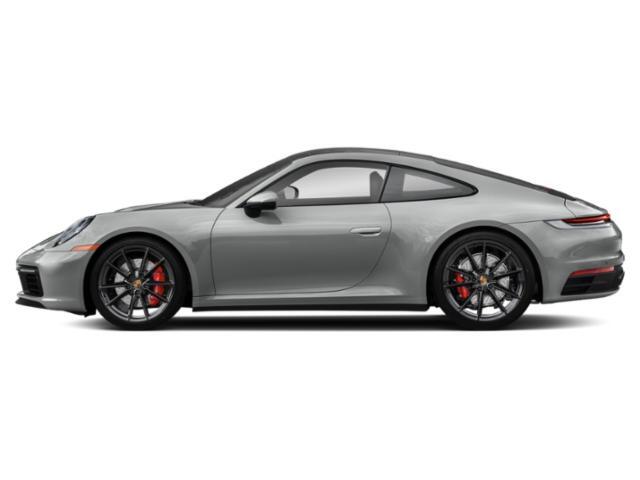
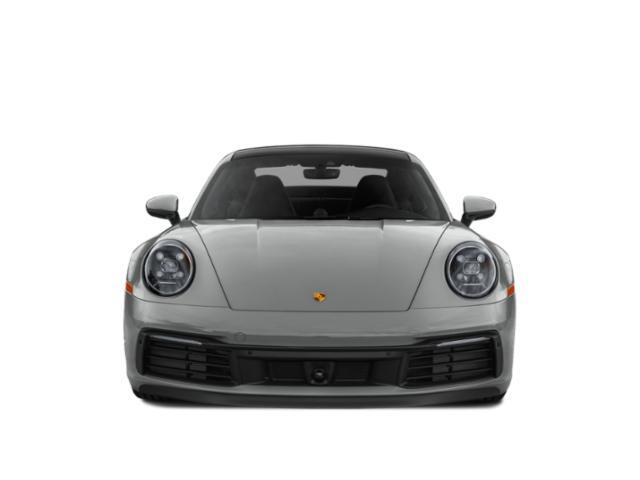
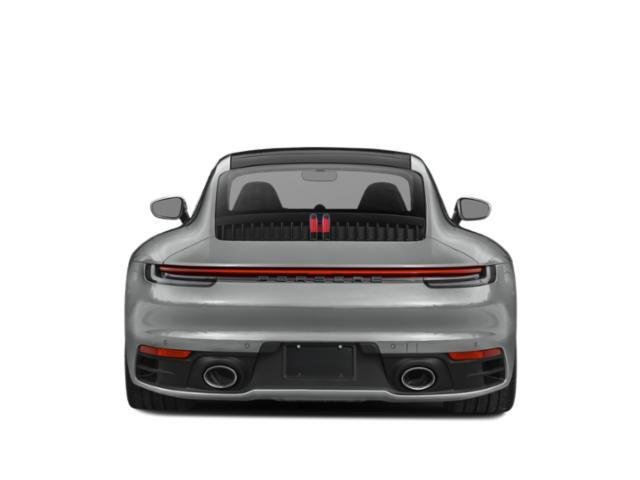

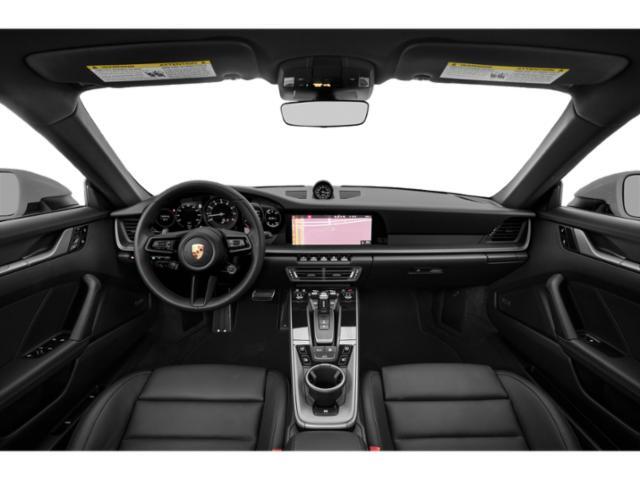
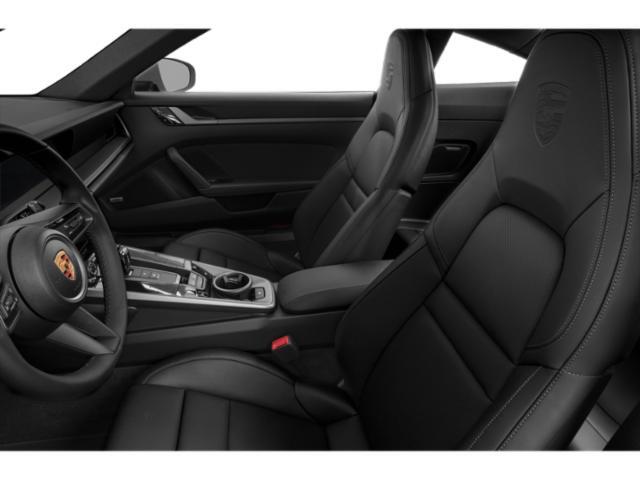
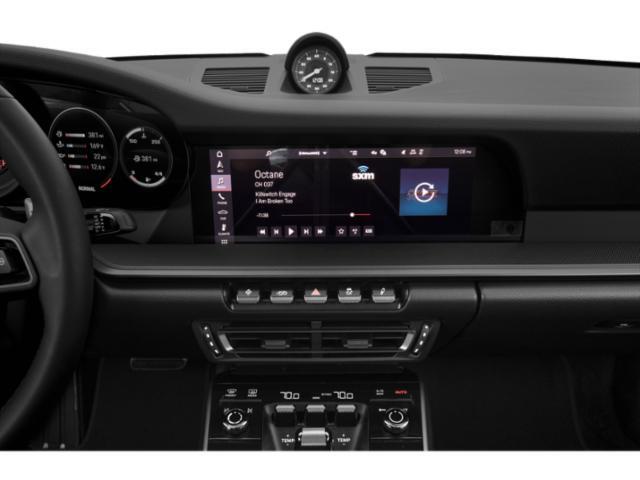
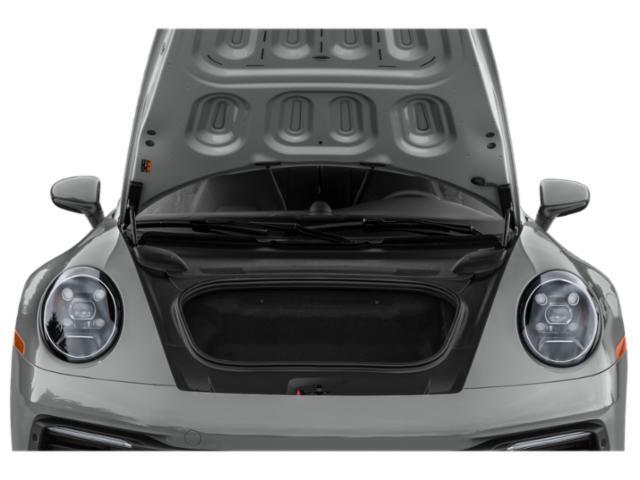
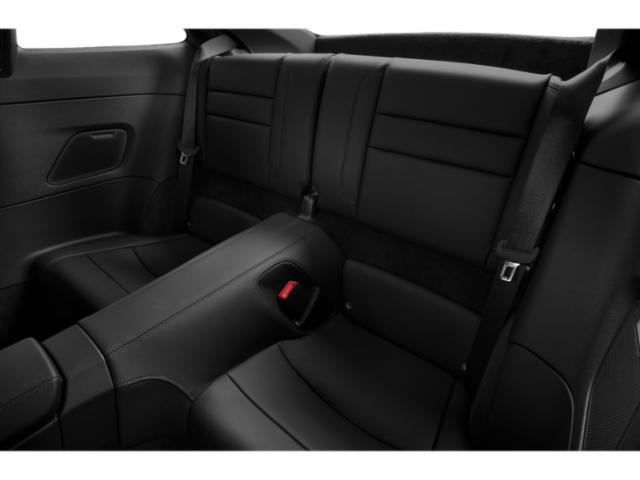
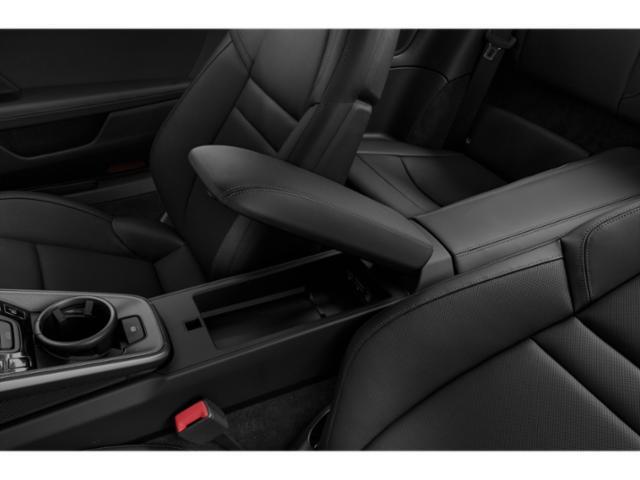
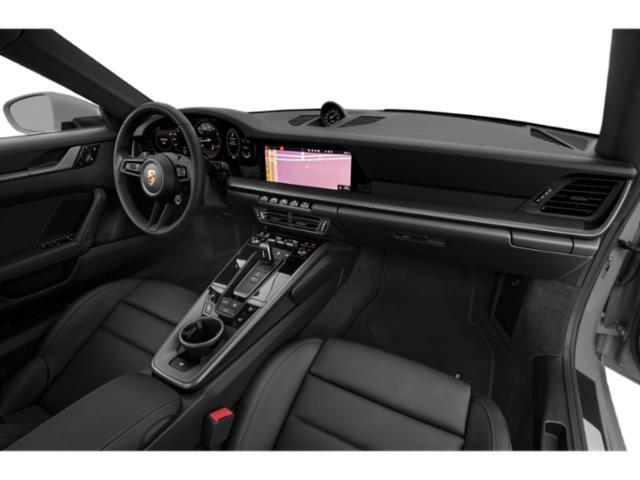
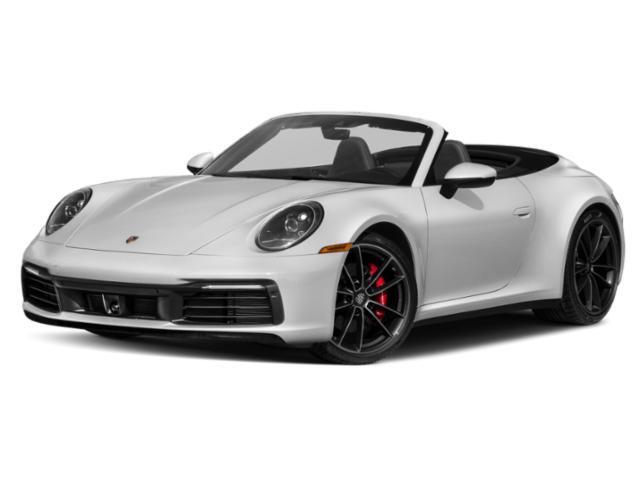
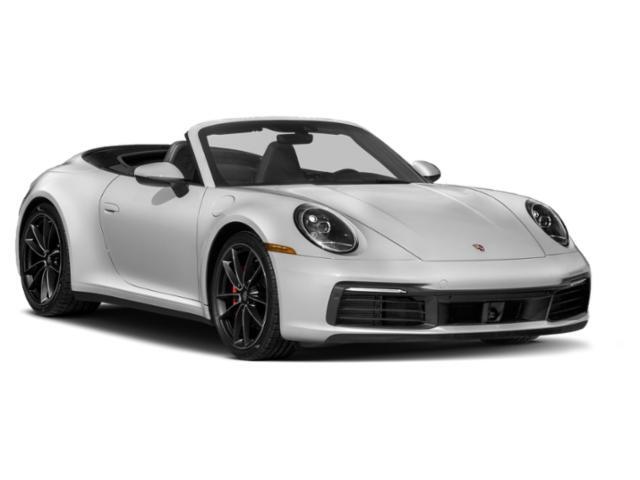
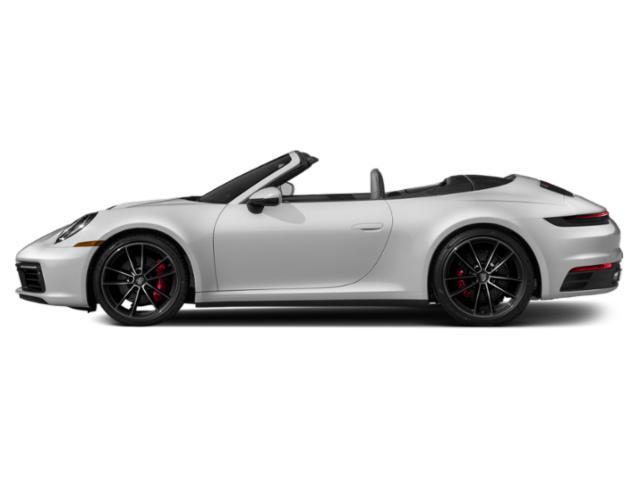

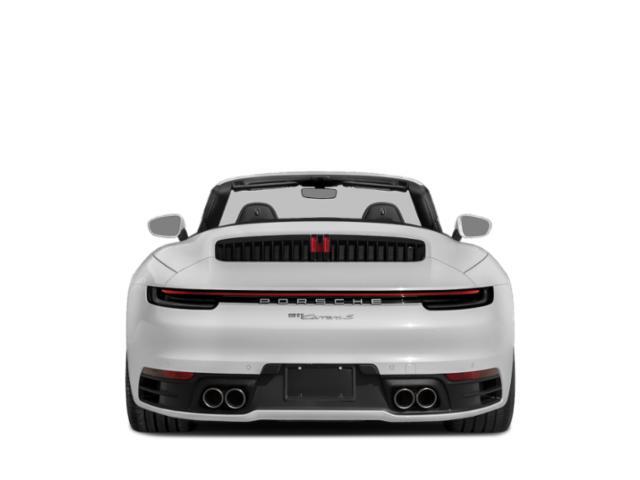

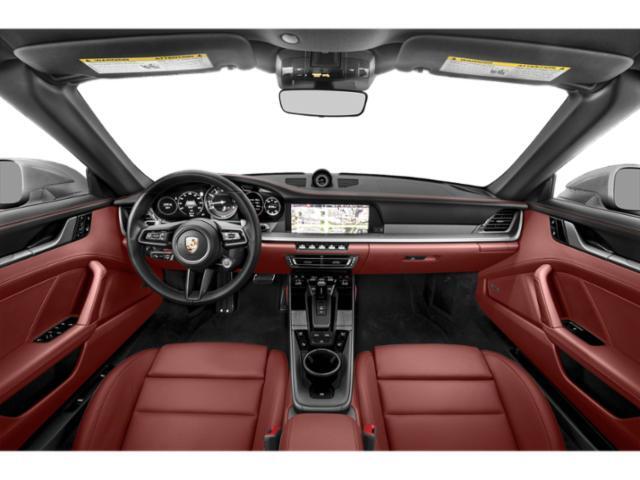
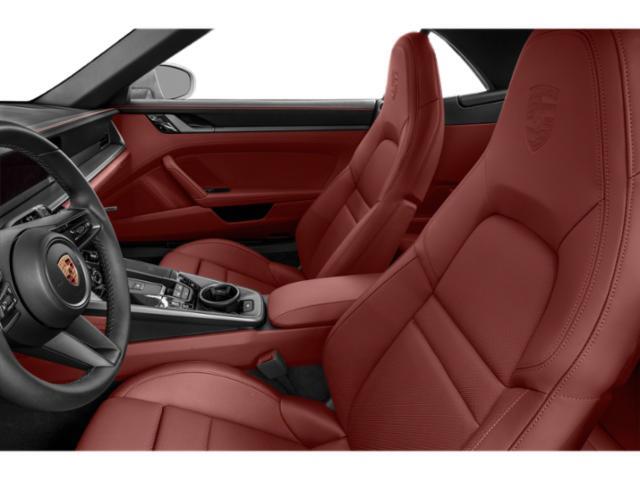
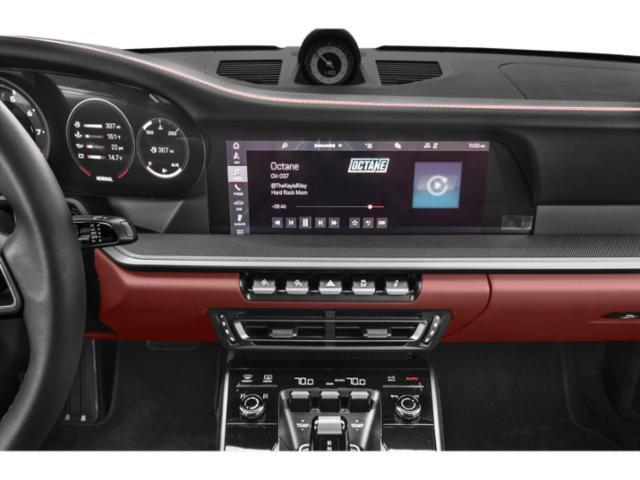
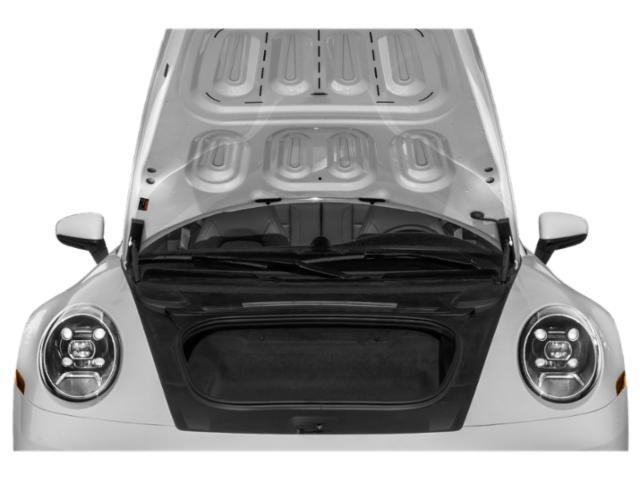
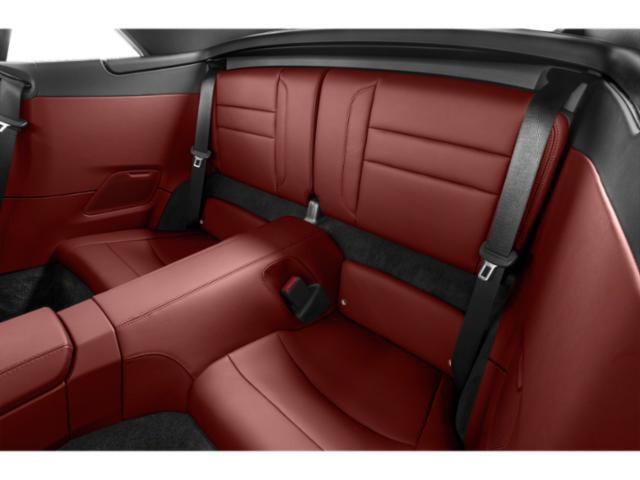
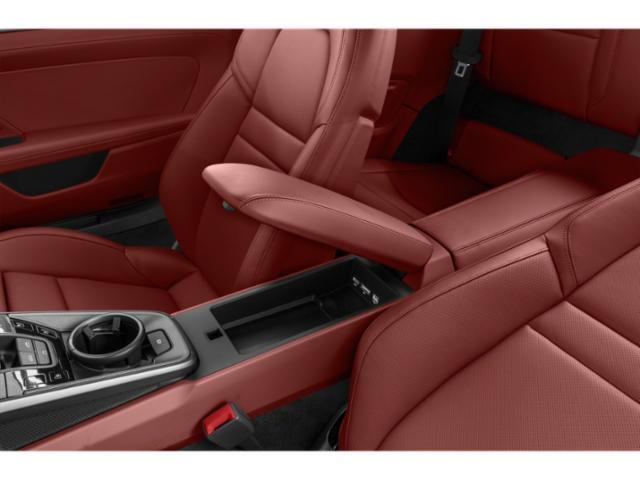
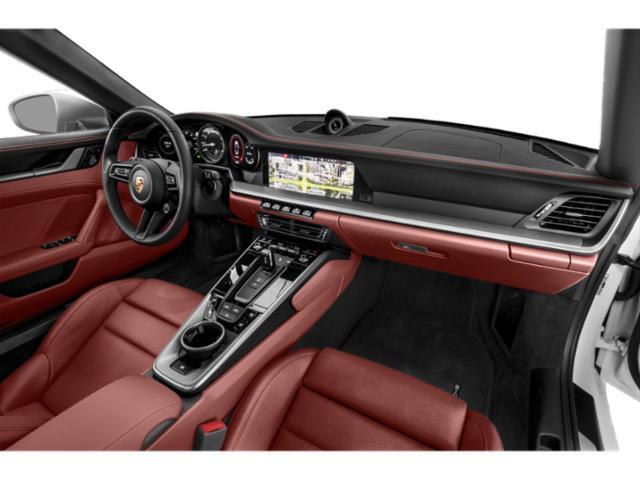
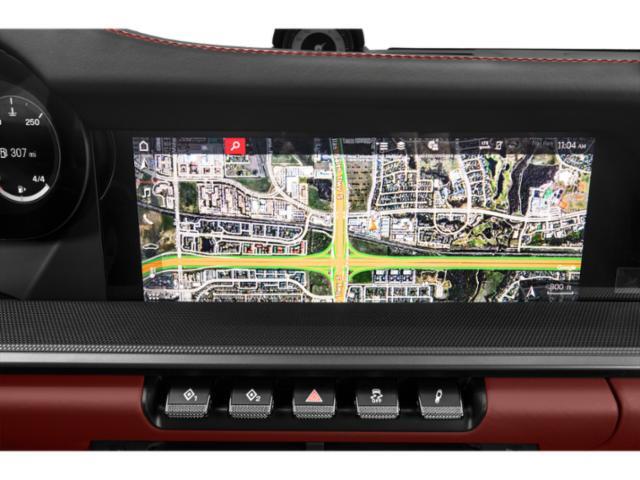
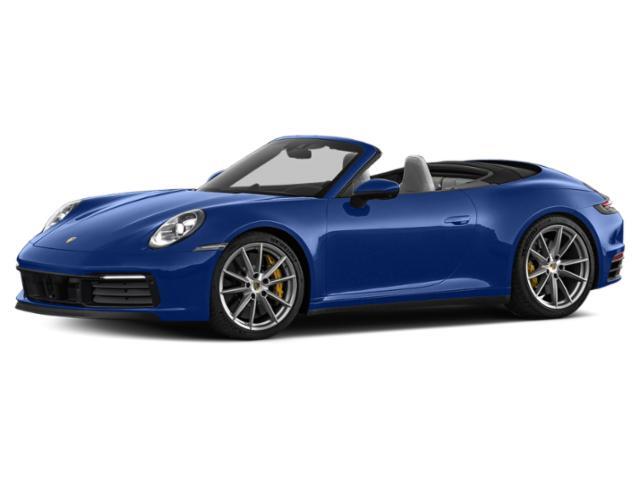









































AutoTrader Review





